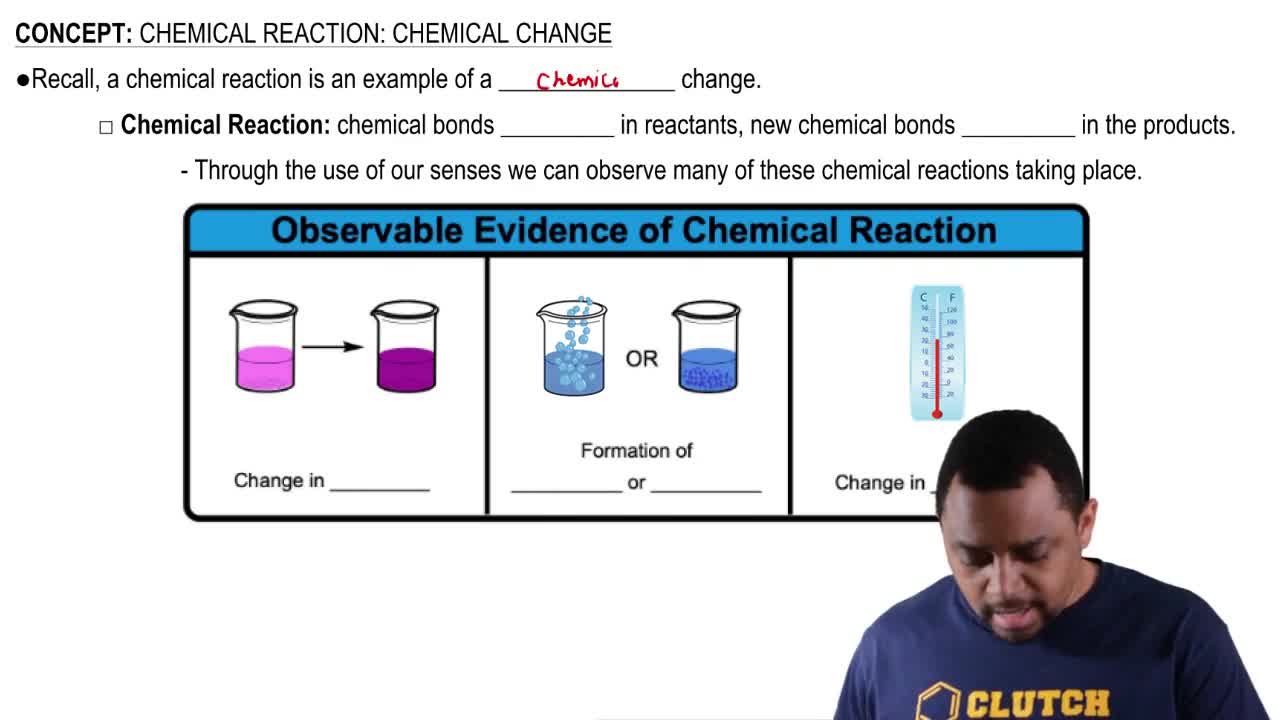Textbook Question
Write the formula for the polyatomic ion and name each of the following compounds:
d. Fe(HCO3)3
 Verified step by step guidance
Verified step by step guidance Verified video answer for a similar problem:
Verified video answer for a similar problem:



 2:11m
2:11mMaster Naming Ionic Compounds with a bite sized video explanation from Jules
Start learning